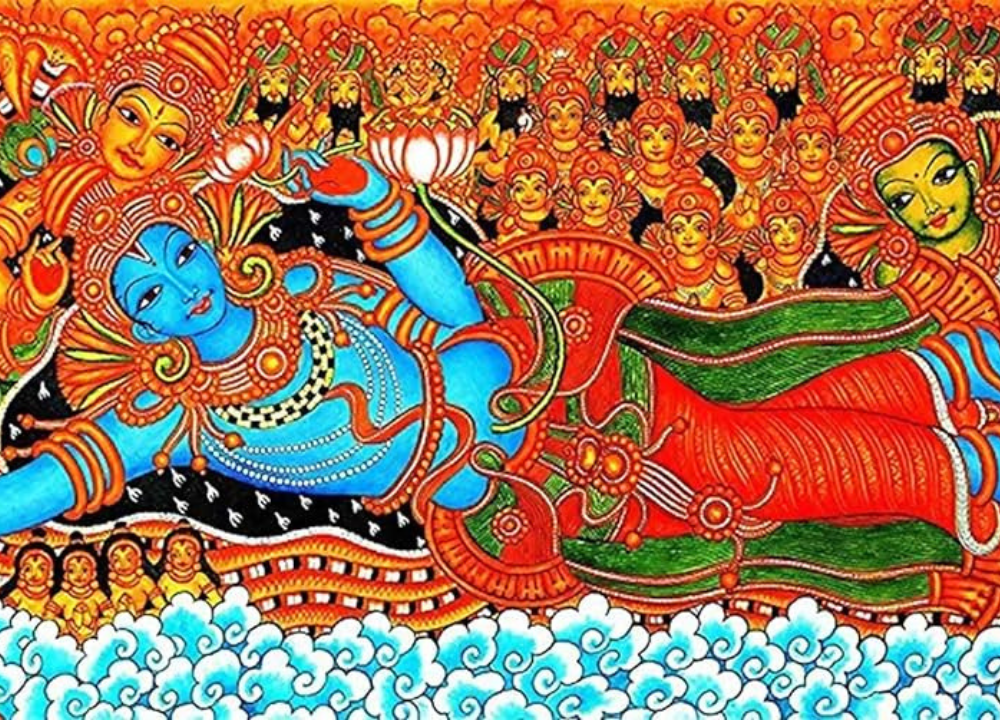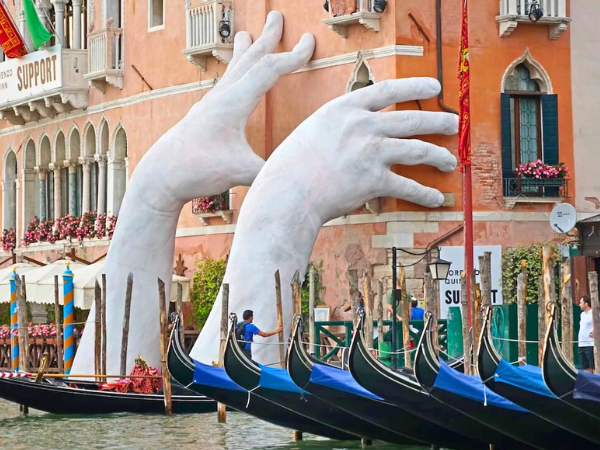The daily rituals of great painters reveal how discipline, creativity, and personal quirks shaped their masterpieces. Morning routines often set the tone for their artistic output, blending habits of health, reflection, and preparation. By studying these routines, we gain insight into how artists balanced inspiration with structure, and how mornings became the foundation of timeless works of art.
1. Vincent van Gogh: Early Risings and Walks
Van Gogh’s mornings were marked by simplicity and a deep connection to nature. He often rose early to capture the light and mood of the day.
- Early Wake‑Up – Van Gogh frequently started his day at dawn.
- Morning Walks – He walked through fields to observe colors and textures.
- Sketching Outdoors – Quick sketches helped him capture fleeting impressions.
- Simple Meals – Bread and coffee sustained his mornings.
- Focus on Light – He believed morning light was essential for painting.
These habits gave Van Gogh the raw material for his expressive canvases. His morning walks were not just exercise but a way to immerse himself in the landscapes that defined his art.
2. Pablo Picasso: Late Nights, Slow Mornings
Picasso’s routine contrasted with early risers. He often worked late into the night, making mornings slower and reflective.
- Late Wake‑Up – Picasso often rose mid‑morning.
- Coffee Ritual – Strong coffee fueled his day.
- Sketch Review – He revisited sketches from the previous night.
- Minimal Distractions – He avoided social obligations in the morning.
- Gradual Start – His mornings were about easing into creativity.
Picasso’s mornings were less about productivity and more about transition. His late‑night bursts of creativity meant mornings served as a bridge between rest and renewed artistic focus.
3. Georgia O’Keeffe: Desert Walks at Dawn
O’Keeffe embraced solitude and nature in her morning routine, finding inspiration in the landscapes of New Mexico.
- Dawn Walks – She walked alone in the desert at sunrise.
- Observation – She studied plants, rocks, and skies.
- Sketching – Quick drawings captured natural forms.
- Healthy Breakfast – Fresh fruit and tea energized her.
- Quiet Reflection – Silence was central to her mornings.
Her desert walks gave her paintings their distinctive clarity and intimacy. O’Keeffe’s mornings were meditative, grounding her in the natural world she celebrated on canvas.
4. Salvador Dalí: Surreal Rituals
Dalí’s mornings reflected his eccentric personality, blending self‑importance with creative tricks.
- Self‑Affirmation – He declared joy in “being Salvador Dalí.”
- Micro‑Naps – He used short naps to capture dream imagery.
- Coffee and Cigarettes – Stimulated his imagination.
- Sketching Dreams – He recorded surreal visions immediately.
- Playful Rituals – He staged odd acts to spark creativity.
Dalí’s mornings blurred the line between reality and imagination. His rituals were designed to harness subconscious ideas, fueling his surrealist masterpieces.
5. Claude Monet: Light and Discipline
Monet’s mornings were disciplined, focused on capturing natural light for his impressionist works.
- Early Wake‑Up – Monet rose before sunrise.
- Outdoor Painting – He set up canvases in gardens or riversides.
- Observation of Light – He studied changing reflections.
- Breakfast Outdoors – Meals often taken near his work.
- Routine Consistency – He painted daily without fail.
Monet’s devotion to morning light gave his paintings their shimmering quality. His discipline ensured he captured fleeting atmospheric changes with precision.
6. Henri Matisse: Calm and Preparation
Matisse valued calm mornings, using them to prepare mentally and physically for painting.
- Gentle Wake‑Up – He avoided rushing.
- Tea or Coffee – A quiet ritual to start the day.
- Sketching Exercises – Warm‑up sketches loosened his hand.
- Reading – He often read poetry or philosophy.
- Studio Organization – He arranged tools before painting.
Matisse’s mornings were about balance. By cultivating calm, he created space for bold colors and expressive forms to emerge later in the day.
7. Andy Warhol: Routine and Repetition
Warhol’s mornings reflected his fascination with routine and repetition, mirroring his artistic themes.
- Early Wake‑Up – Warhol often rose early.
- Newspapers – He read multiple papers daily.
- Phone Calls – He connected with friends and collaborators.
- Breakfast at Diners – Simple meals in public spaces.
- Studio Visits – He checked on assistants and projects.
Warhol’s mornings blended ordinary habits with social engagement. His fascination with routine echoed in his art, where repetition became a defining feature.
8. Louise Bourgeois: Emotional Reflection
Bourgeois used mornings to process emotions, which deeply influenced her art.
- Journaling – She wrote about dreams and feelings.
- Breakfast Alone – Solitude was important.
- Sketching Emotions – She translated feelings into shapes.
- Meditation – Quiet reflection guided her mornings.
- Studio Transition – She moved from writing to sculpting.
Her morning rituals were therapeutic, helping her confront personal struggles. Bourgeois transformed emotional reflection into powerful, intimate art.
Closing Thoughts
Morning routines of famous painters reveal the diversity of creative habits. Some embraced discipline and nature, while others leaned into eccentricity or emotional reflection. What unites them is the recognition that mornings set the stage for creativity. By studying these routines, we see how structure and inspiration coexist, shaping masterpieces that continue to inspire today.




